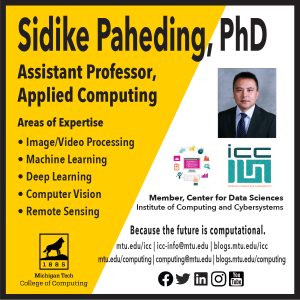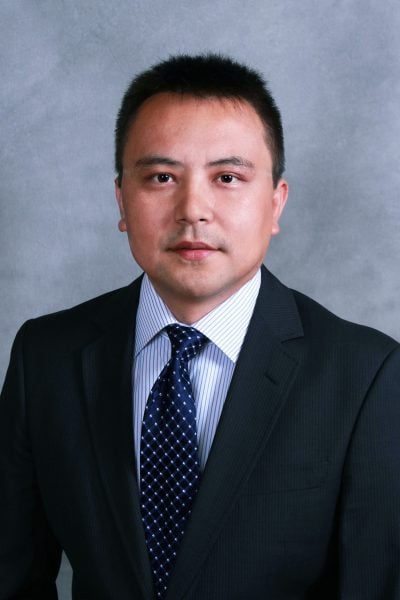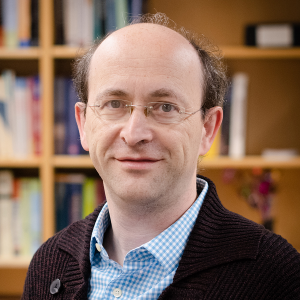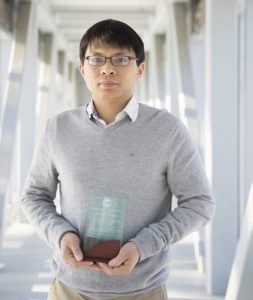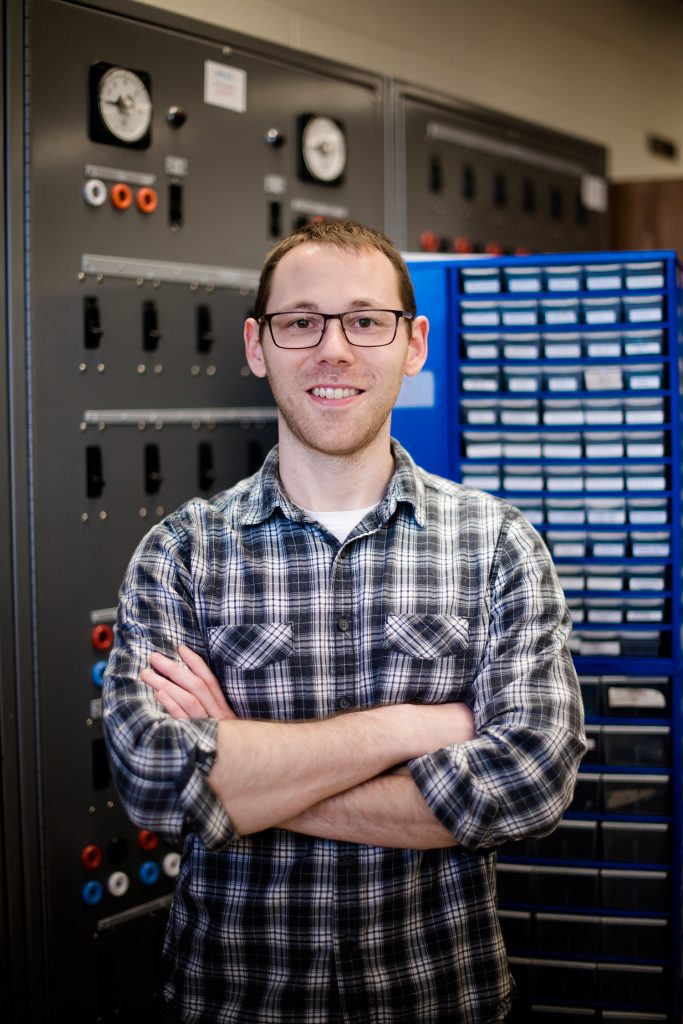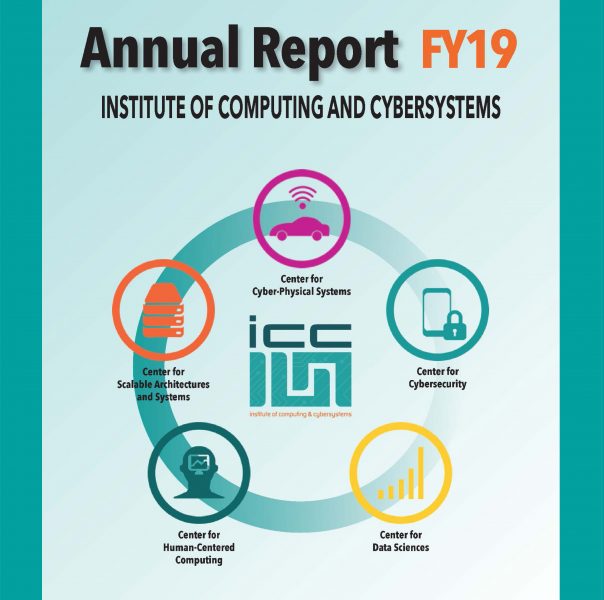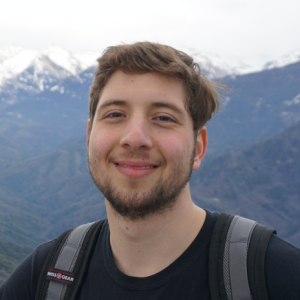by Michigan Tech Lode
What is the Lode, anyway?
The Lode is Michigan Tech’s student newspaper, and we’ve been serving the MTU community since 1921, when we were founded as the Michigan College of Mines Lode.
We currently serve the campus digitally on our website and in print, though COVID-19 safety precautions have momentarily postponed our in-print issues.
Read the Lode!
We publish weekly on Thursday mornings. We feature local, state and national news, arts, cultural events and other happenings around campus, relevant opinion pieces, features on STEM and campus research, sports and more.
Check us out at http://www.mtulode.com.
